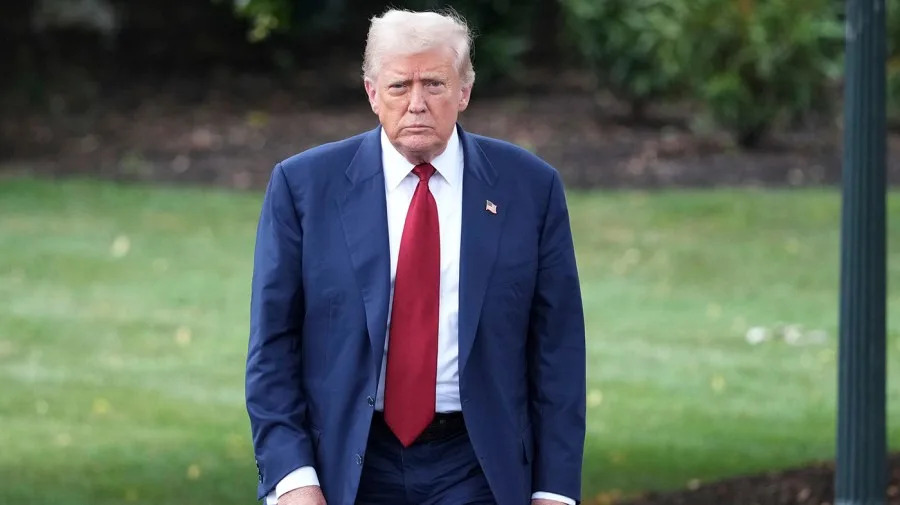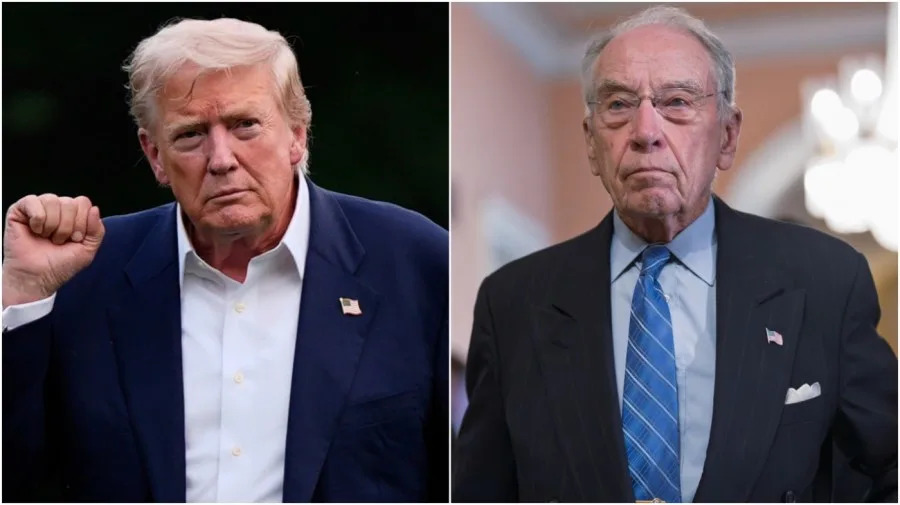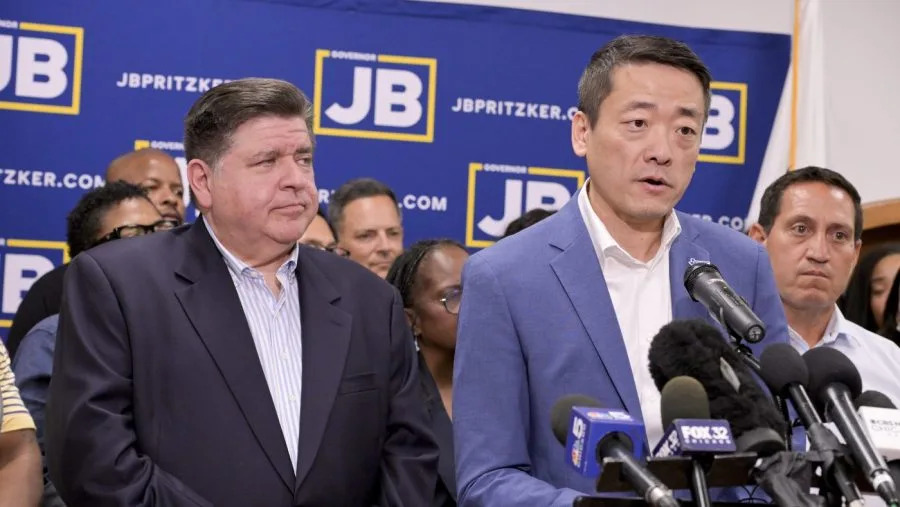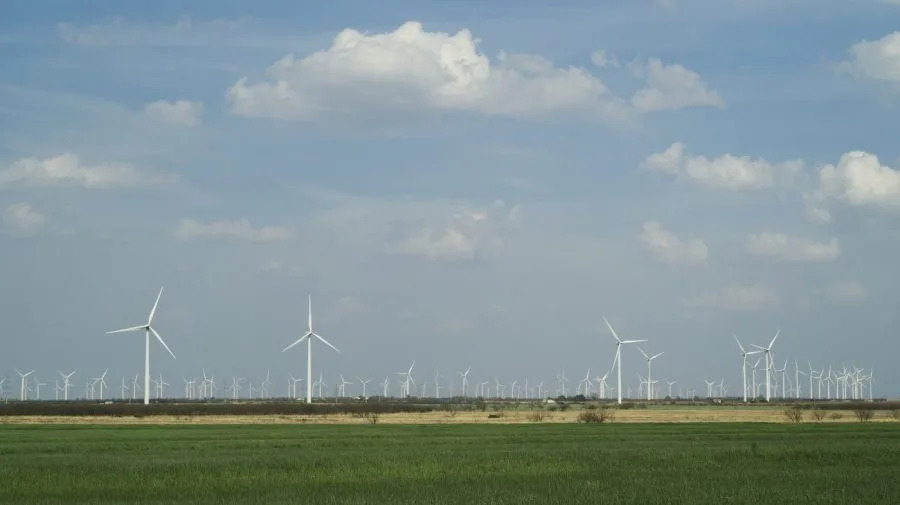
Economists across the political spectrum are sounding the alarm over President Trump’s decision to fire the Labor Department’s top statistician in response to a stalled-out July jobs report that showed weakness in hiring going back to May.
Economists across the political spectrum spent the weekend sounding alarm bells about what it would mean for the U.S. to have politicized economic data coming out of statistical agencies like the Bureau of Labor Statistics (BLS).
“This is the stuff of democracies giving way to authoritarianism … This is really scary stuff,” Harvard University economist Lawrence Summers, who worked for the Clinton and Obama administrations, told ABC News on Sunday.
Some conservative economists issued similar warnings.
“President Trump is undermining the integrity of the information that policymakers, businesses, households, and investors use to make important decisions that affect the welfare of the nation,” Michael Strain, director of economic policy studies at the right-leaning American Enterprise Institute, wrote in a commentary.
He said it was “imperative” that people understand that U.S. economic stats are unbiased.
“By casting doubt on that, the President is damaging the United States,” he added.
Trump said on Friday that the latest employment report, which showed a modest 73,000 jobs added in July and revised numbers down for May and June by a whopping 258,000 jobs, were “manipulated for political purposes.”
Trump offered no evidence to back up his conclusion, and a number of observers said it would be difficult for someone to manipulate the data given the number of people who provide information for the reports.
Summers said it was “preposterous.”
“These numbers are put together by teams of literally hundreds of people following detailed procedures that are in manuals. There’s no conceivable way that the head of the BLS could have manipulated this number,” Summers said.
Employment data from the BLS is bedrock-level data for businesses and economists. It’s put together from surveys of firms around the country and is used in myriad different models and forecasts, both public and private.
Because it’s so fundamental, economists say that political attacks on it are a lot more serious than those President Trump has aimed at other agencies – even the Federal Reserve.
“This is much more dangerous than the pressure on the Fed,” Cato Institute research fellow Jai Kedia told The Hill on Monday. “The labor and inflation statistics are the bedrock of every other federal institution that’s trying to work on the economy.”
The revisions that caught Trump’s ire are also part of the course for the reports.
Response rates to BLS surveys have gotten worse since the pandemic, making big revisions like the ones for the May and June hiring that were reported Friday more variable.
Response rates for the current employment statistics survey, which surveys about 631,000 individual worksites, has dipped from about 59 percent in 2020 down to about 43 percent in March of this year.
Labor economist Kathryn Edwards wrote in a Monday note that Trump’s firing of the BLS commissioner is potentially “catastrophic.”
“BLS produces thousands of statistics on the health of the U.S. labor market, and if they are not reliable, we are flying blind,” she wrote. “The most worrying part of what happened on Friday is that when he fired the commissioner, he basically slandered her and said she was politically manipulating data.”
Economists have been warning for months that President Trump’s blanket tariff policies would drag on economic activity.
Jobs reports following the initial delivery of “reciprocal” tariffs in April looked healthy, leading administration officials to take a victory lap and blast the forecasters.
“Where are the ‘experts’ now?” Commerce Secretary Howard Lutnick commented last month.
But the July jobs report provided data that at least raised questions about the tariffs.
“Many of us thought that Trump’s tariffs would inflict serious damage on the economy that would show up in jobs and prices – both sides,” economist Jeffrey Frankel, a former member of the National Bureau of Economic Research’s business cycle dating committee, which is the official designator of recessions, told The Hill.
“It didn’t seem like that was happening, but with [Friday’s] numbers, it looks like it is happening,” he said.
Trump’s immigration crackdown is another policy that could have serious effects on the labor market, economists say.
“Weaker net immigration will constrain the rise in the unemployment rate, even as job growth slows, which could mask labor market deterioration,” Oxford Economics economist Matthew Martin wrote on Monday.
Tariffs have also started to show up in consumer prices.
The personal consumption expenditures price index increased for the second month in a row in June, rising to a 2.6-percent annual increase from 2.4 percent in May and 2.2 percent in April. The consumer price index has done much the same, rising to 2.7 percent in June from 2.4 percent in May and 2.3 percent in April.
Trump has advanced tariffs on the promise of reshoring American jobs and boosting the U.S. industrial base, particularly in manufacturing, which has seen a decades-long decline.
But the declines are continuing in those sectors so far, per the most recent jobs report. The manufacturing sector has lost 37,000 jobs since May, and the boom in construction manufacturing that took off in 2020 has fallen back off recent soaring highs.
Copyright 2025 Nexstar Media, Inc. All rights reserved. This material may not be published, broadcast, rewritten, or redistributed.
For the latest news, weather, sports, and streaming video, head to The Hill.








Comments